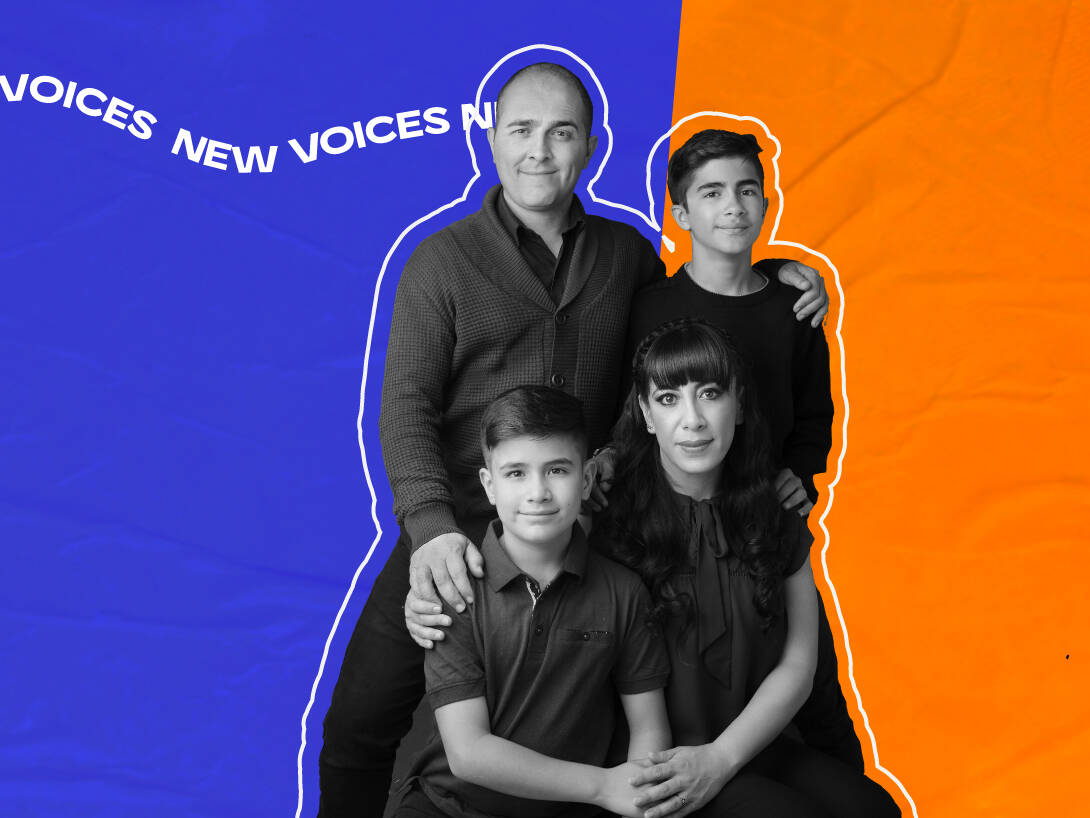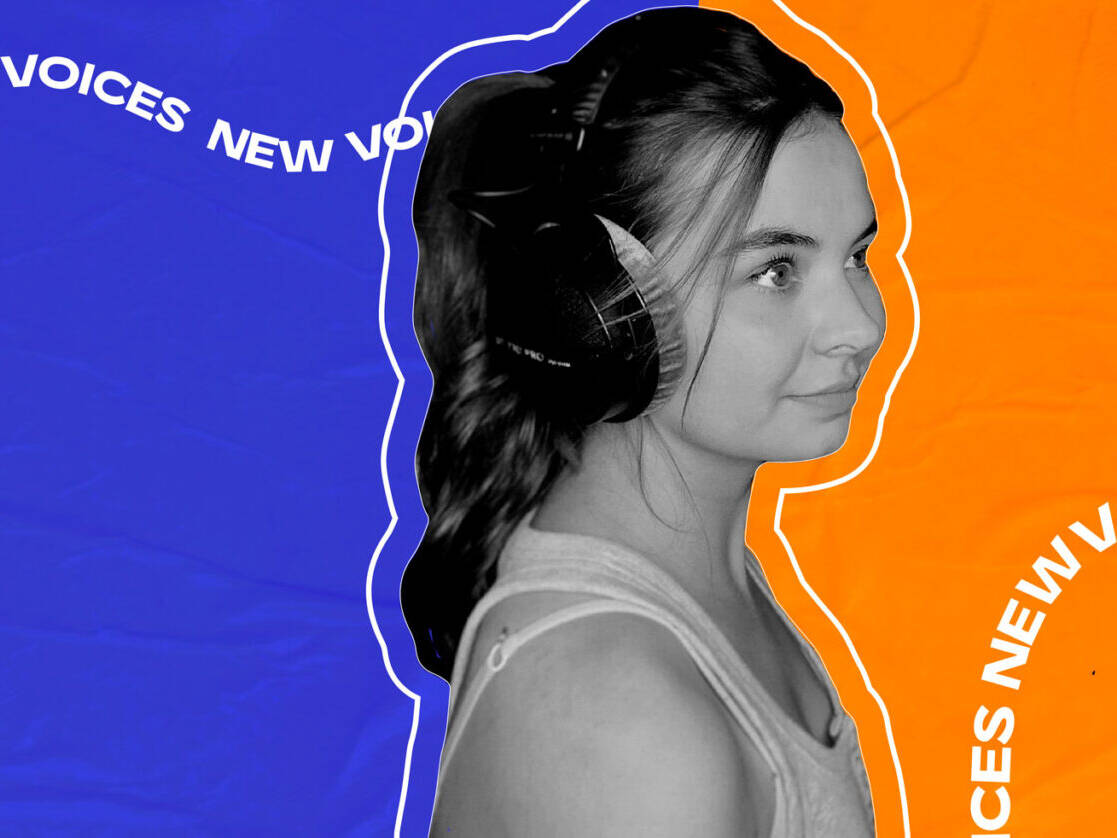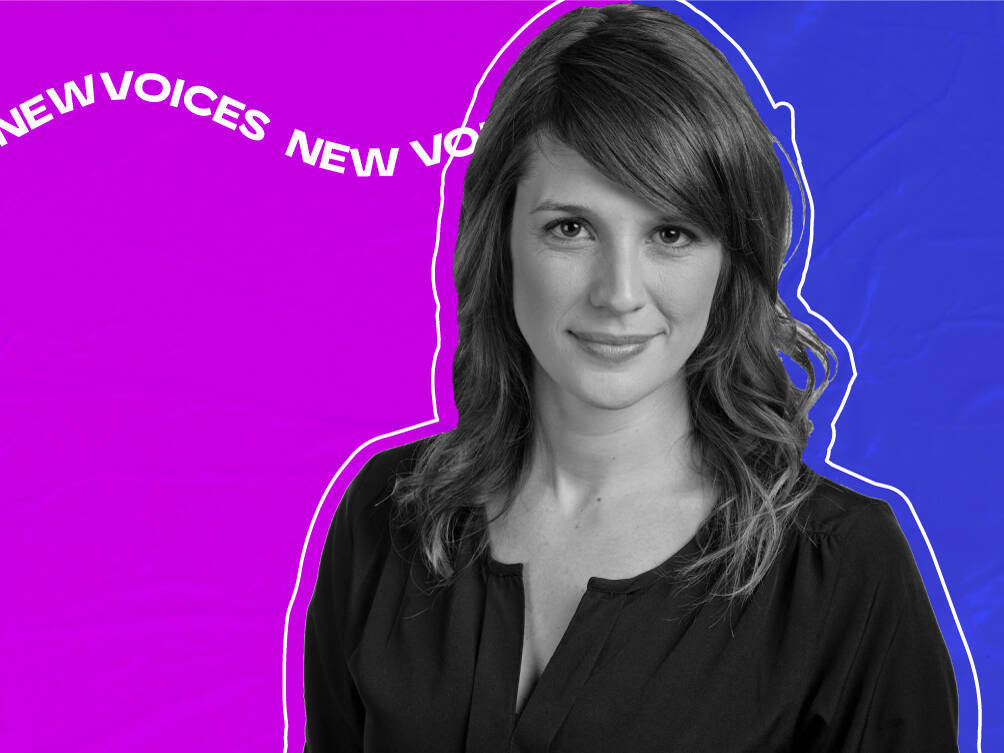
New faces, new people, new stories — this is New Voices.
Here, you'll find in-depth interviews and insightful exploratories with new voice actors who’ll nourish the future of the creative industry. We're chatting with Javier Prusky, a voice actor who arrived in the US from Uruguay and shares tips on voice acting, voicing animation, and what it's like to do a character voice.
You've said you dreamt about being a voice actor since you were 3 years old. Do you think moving from home at such a young age impacted your childhood dreams?
When I was a kid, Uruguay didn’t have a big voice over industry (to my knowledge), so if I had to evaluate the impact migration had on my dreams, I would say moving to the US was positive.
I remember I did a lot of wacky voices when I was very young, I would make stories up and make my parents hear all my horror based storylines that included a lot of weird voices. But it wasn’t until I turned 10 and moved from Uruguay to Atlanta (United States) that those interests turned to dreams. Watching all these great studios and shows being done there would later inspire me to pursue an education and travel the world.
One of those educational experiences you had was attending a clown school in France. What was your biggest takeaway; anything that you now use in developing a character voice?
My personal take on that experience is that clowns are the purest forms of people. You learn to take the thing that you are most vulnerable about, and expand on it a hundred more times. So, even though the experience was very painful, I really learned so much from it.
And It’s funny because clowns are probably the opposite of voice over. Traditionally, you are not supposed to speak and you can only communicate with sounds, gibberish, or movement. But now, if a raw moment is needed from me while dubbing…especially in animation, I’m able to find that vulnerable place in me.
Also, I get to work in motion capture and performance capture for video games, and the clown work sure came in handy to create bold characters. When it comes to voicing animation and video games, using your body while doing a character voice brings so much more life and depth to them.
A good example of this would be a Chinese educational show I’ve been working on as a regular. I get to be different animals, and because it’s supposed to be for children, emotions are very extreme. The show is part puppetry, part animation so I have to do two different characters and puppetry at the same time. Switching back and forth while interrupting and talking over myself, that one is a feat.
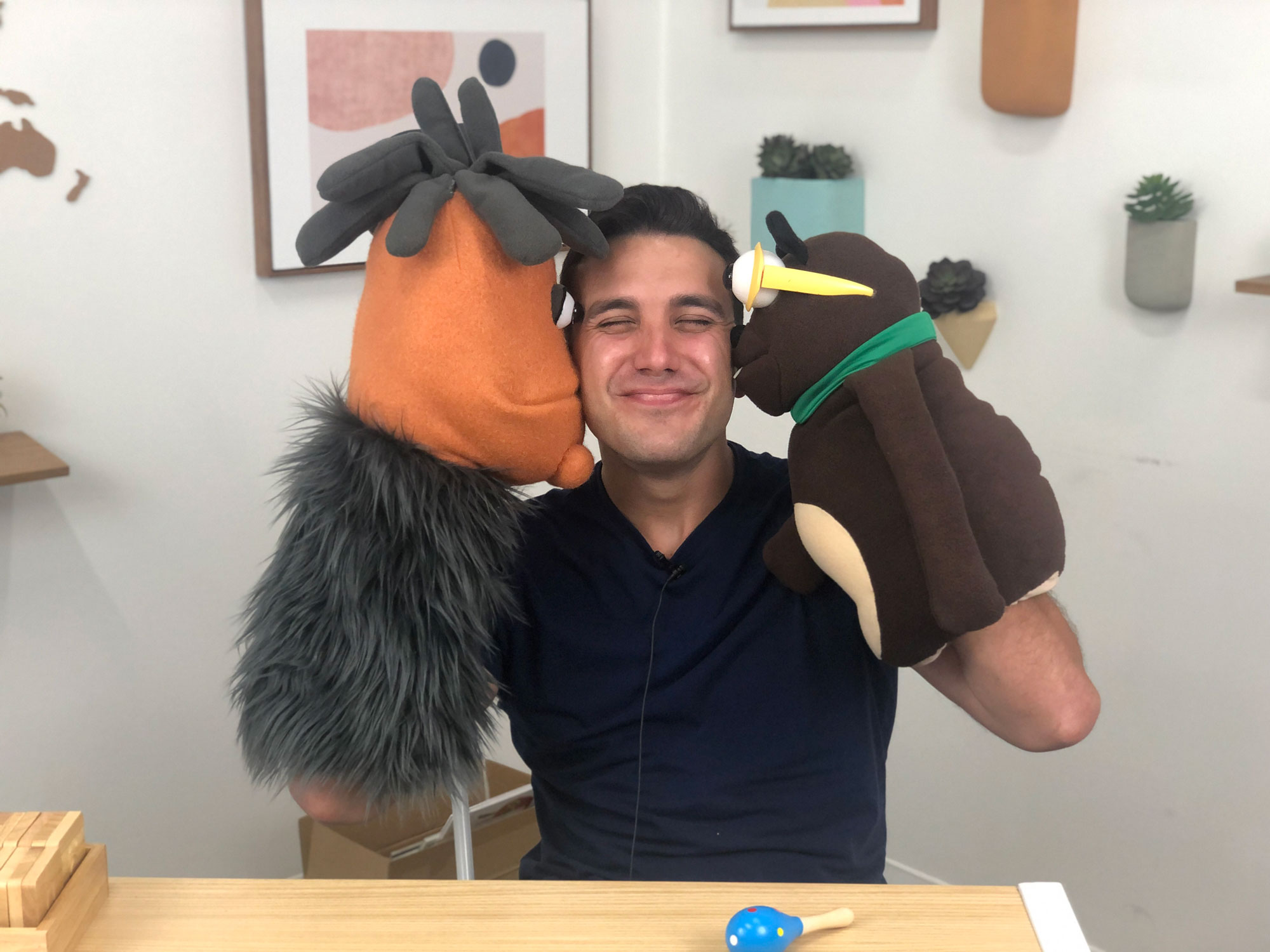
What kind of equipment do you have at home? Or do you usually go somewhere to record?
Best case scenario is I get to go to a studio and have an engineer so I don’t have to take care of the technical aspects. But with the pandemic, I built a soundproof booth from scratch. And then I use a Neumann TLM 103, which is the staple for animation, and then Audient iD14 for my interface.
What's the biggest challenge for you in the voice over industry?
I would definitely say the amount of auditions you do. This week, I’ve done 45 and I think my record on auditions in one week was 96. It’s a struggle if you don’t have the luxury of time because you’ve got to move quickly, be a great reader and immediately make choices.
One recent lesson I am learning is to be more selective, and that it is okay to not do every single audition you get. Saying no and knowing your boundaries and limits can be a powerful tool in the actor’s toolbox.
But overall, the whole process can be discouraging, as sometimes it feels like you are sending auditions and your hard work into the void of space. When at the end, as voice actors, we only want to be heard and get paid in our field for what we love to do.
Considering those numbers, what advice would you share about voice acting auditions?
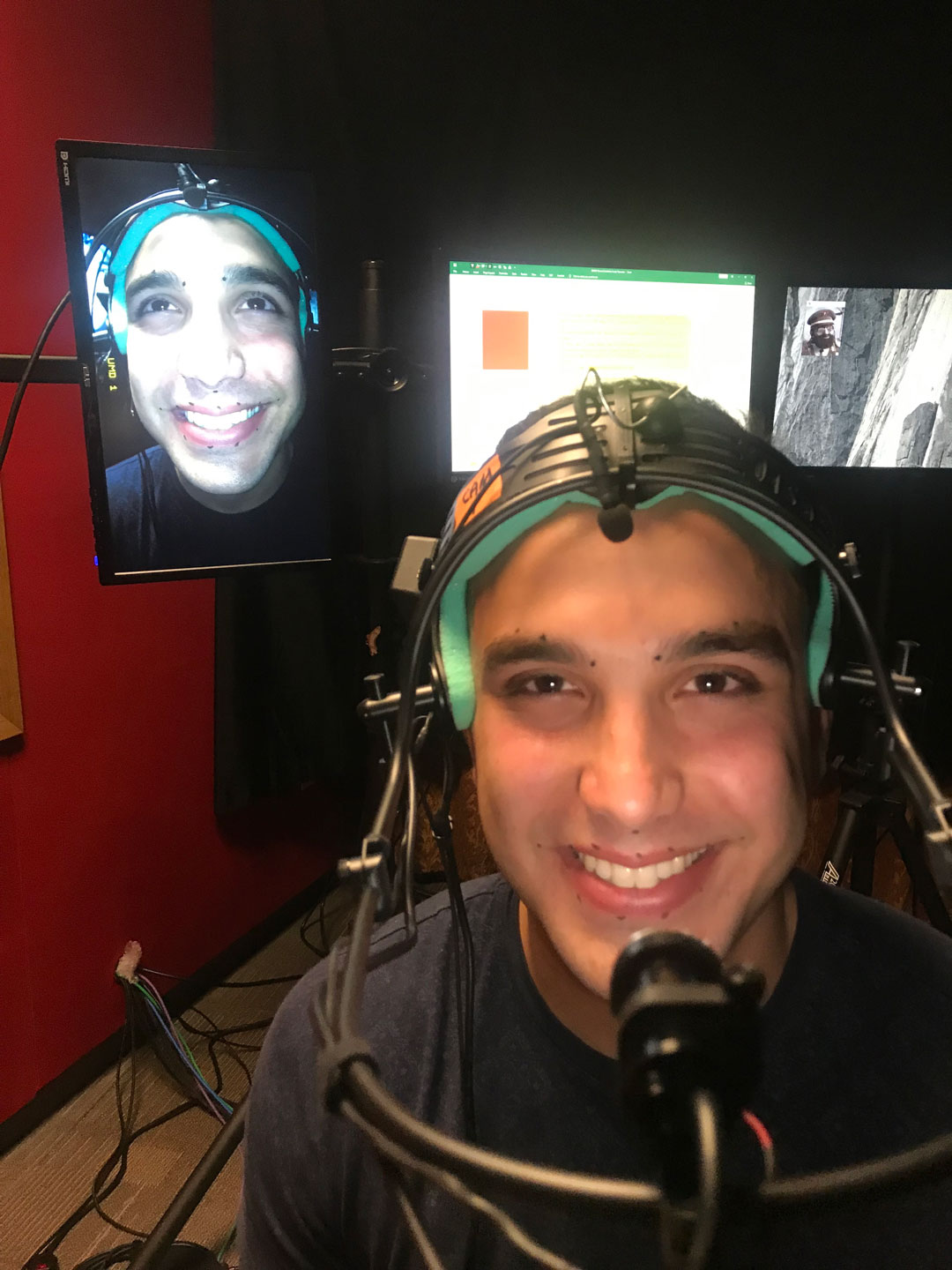
To all beginners, I would say pay attention. Start paying attention to all the animation and commercials you watch. Hear all those voiceovers, because each of them has a tone. And that’s very important to catch. Ask yourself: what’s the tone of the brand you are working for? Who’s the character voice of the product? This will give you a place to start.
I would also say, if you speak a second language, or a third or fourth, and if you particularly have an ethnicity or a background that’s not the “traditional” one in the voiceover industry, make good use of it. My Spanish demo gets me a lot of work because the pool is smaller. And not a lot of people tell you that.
What advice would you give young people who're a little afraid about doing voice acting or doing a character voice?
I’m afraid all the time. I would be lying if I said otherwise, but I’m not going to let those fears stop me from continuing. One of the things that gave me confidence and a foundation to start my career was training and education. That’s very important in our field.
This craft is not about raw talent because that will only get you to a point, after that, you’ll need technique. I went to college and I got a BFA in acting, but that doesn’t have to be everyone’s route. I had a friend who couldn’t afford acting classes, so he chose scenes from every Academy Award winning movie and every two weeks, would practice a scene from it. And that’s how he started.
And there’s also the things you can get educated on that you don’t even know you might need. For example; In Atlanta, I trained with Eileen Kimble for 8 months. She taught me about booth etiquette, which is how to behave when you go into a studio. I never thought it was a skill that could be taught, and not knowing proper etiquette can cost you jobs.
What are your biggest learnings from 2020 and what would you love to learn in the future?

2020 was the year I realized I needed to up my game. When the pandemic hit and I had to do everything from home, I decided to invest in good equipment so I could offer better quality results. Same with the business side, the interaction and the social media aspect of my career had to be greatly improved.
It takes a lot of time and money and there’s a lot of people who won’t be able to do it as fast, but for those struggling I would say: this field is not going anywhere. There’s a million commercials and animation shows out there. If you don’t have the money right now to do classes, the demo, the equipment, if you don’t have the money or the resources for all of that, take your time.
I would also add, 2020 made me reevaluate my priorities and passions in life. It reminded me the importance of family and those I care about and not taking life for granted. It encouraged me to be a little more fearless and make bold decisions.
Special thanks to Javier for sharing his experience on starting out, voicing animation, and doing a special character voice.
Check out Javier's profile here! And listen to his most recent work:
Share this post!
A blog owner yourself? Relevant links to quality sites will help your performance on search engines. If your readers will benefit from the services or information on The Booth's Voice over Guide, please consider linking to this post or the guide itself.
